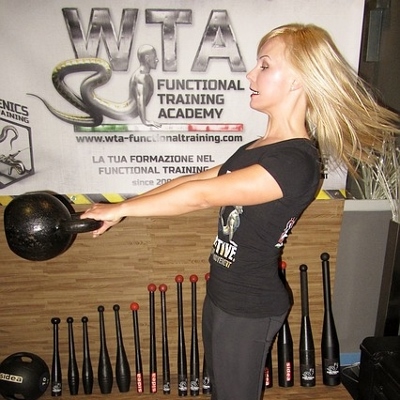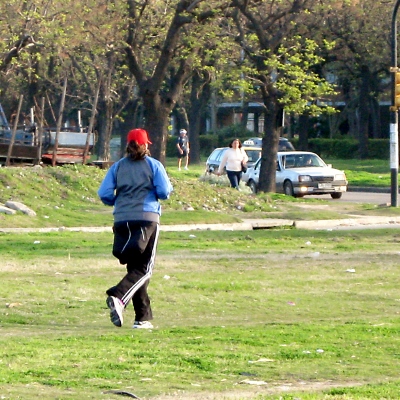 Before Christmas, I had the opportunity to go ice skating with some family and friends after a nearly ten year hiatus. After the first wobbly glides, I got the hang of it again, and was whizzing across the icy pond. Faster than expected, my ankles began to strain, and my back and glute muscles began to burn. In no time, I worked up a sweat, even when surrounded by icy, cold air. I realized that continued ice skating was not only a great cardio workout, but stretched and toned nearly every muscle in the body. Ice skating is an aerobic exercise that aids in weight loss and also works out nearly every muscle in the body. For a fit winter, be sure to have a fun day out on the ice.
Before Christmas, I had the opportunity to go ice skating with some family and friends after a nearly ten year hiatus. After the first wobbly glides, I got the hang of it again, and was whizzing across the icy pond. Faster than expected, my ankles began to strain, and my back and glute muscles began to burn. In no time, I worked up a sweat, even when surrounded by icy, cold air. I realized that continued ice skating was not only a great cardio workout, but stretched and toned nearly every muscle in the body. Ice skating is an aerobic exercise that aids in weight loss and also works out nearly every muscle in the body. For a fit winter, be sure to have a fun day out on the ice.
Ice skating has always been a popular winter sport. The exhilarating fun of gliding over the hard ice alone or with friends is as addictive as any other rush of adrenaline. The positive of ice skating is that it is also incredibly healthy for your body, and it can serve as a wonderful outdoors workout during the winter months or indoor cardio exercise during the summer months. According to the United States Figure Skating Association, recreational ice skating burns about 250 to 810 calories an hour depending on starting weight and intensity of skating. Of course, competitive ice skating burns even more calories, up to 1,080 per hour. It is proven that ice skating burns as many, if not more, calories an hour as running. To get the recommended amount of cardio in your workout while breathing in the fresh winter air, head outside to ice skate.
Even after fifteen minutes out on the ice, skating will start to stretch and build muscle tone. By building muscle, the skater gets the added benefit of an increased metabolic rate, which can help in weight loss. Of course the leg muscles are utilized the most, with an emphasis on the hamstrings and quadriceps. Back and abdominal muscles are used to retain posture, and glutes are used in propulsion. While ice skating may be difficult the first time or two, after a few practices, skaters notice a difference in their endurance and pace. In order to achieve this increase, it is best to increase the time spent on the ice gradually, so the schedule follows muscle building. This endurance can spread to other parts of life, giving more energy for normal, everyday tasks.
One of the greatest benefits of ice skating during the dark and cold winter is that the activity may help reduce the affects of SAD (Seasonal Affective Disorder), which can cause seasonal depression because of the lack of sunlight. Not only is ice skating a great workout, it can even improve your mood in the dead of winter. Begin with thirty minute sessions, and slowly build up to the recommended fifty minutes. You will have that summer beach body in no time!





